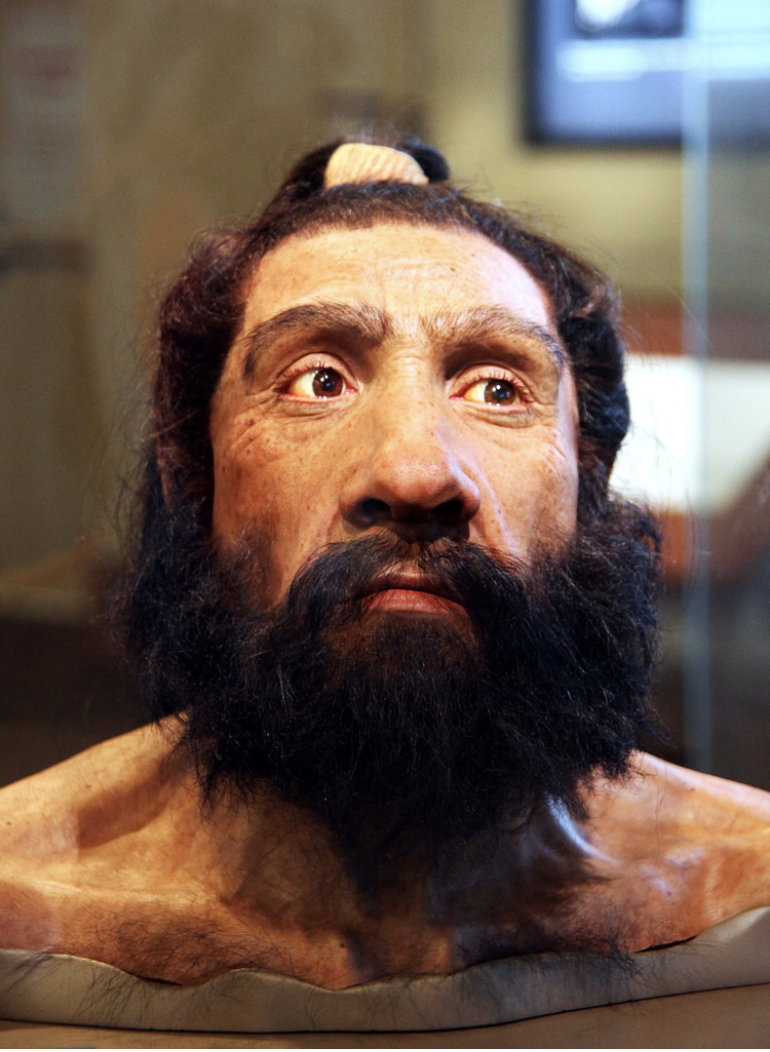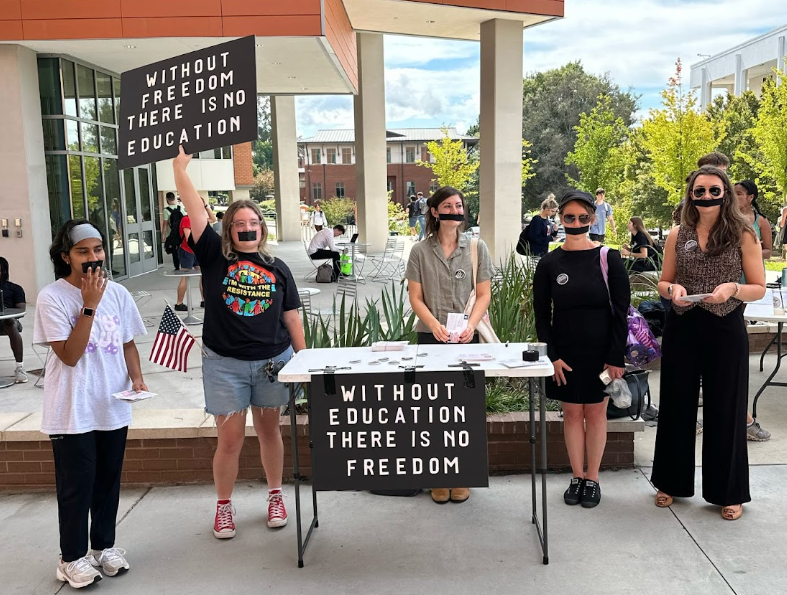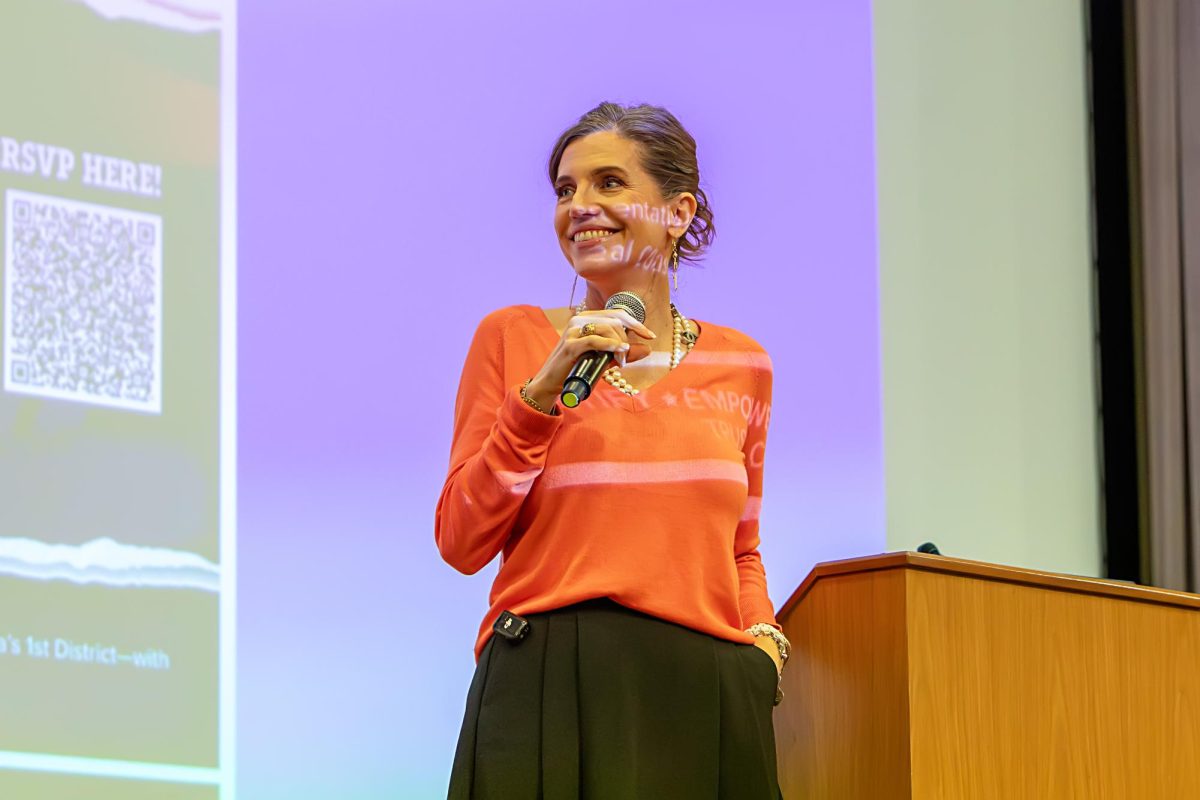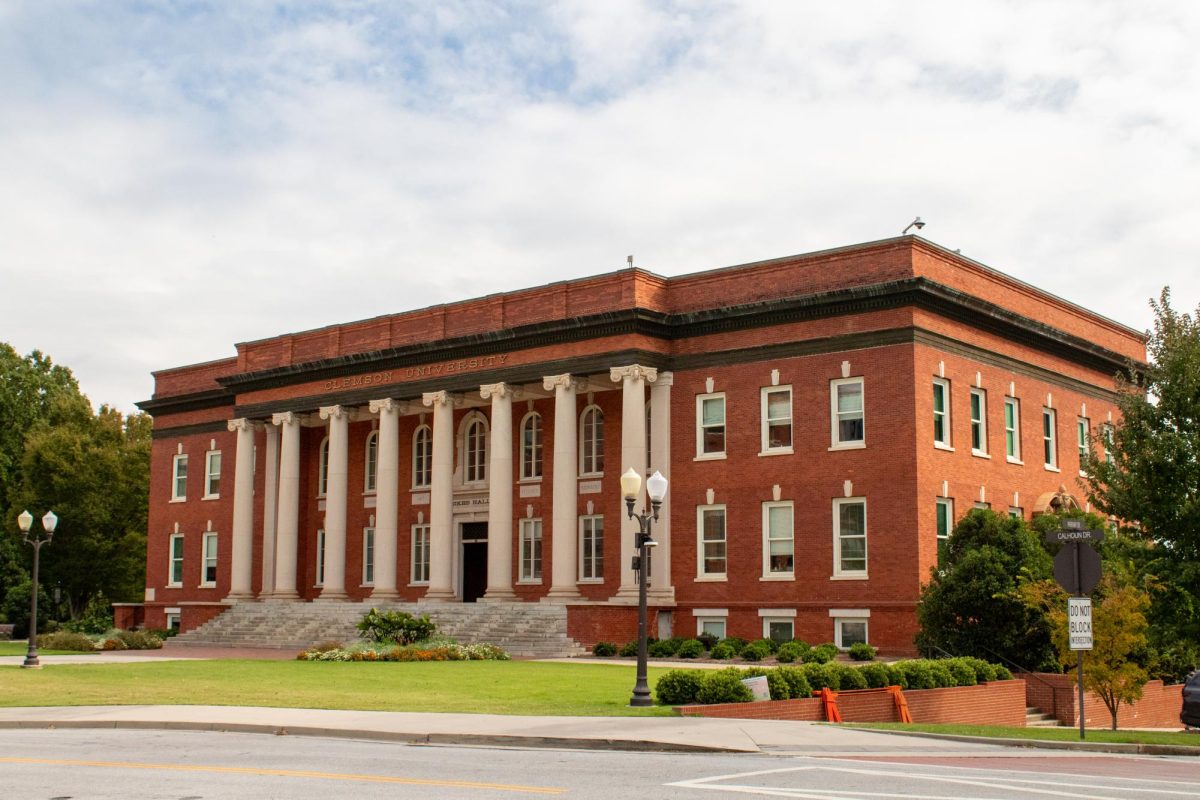Denisova 11 is a 13-year-old girl who is making history in the field of population genetics. According to a study published on August 22 in Nature, a genetic analysis of Denisova 11’s 90,000-year-old remains reveal her to be the first identified Neanderthal and Denisovan Human Hybrid, with a Neanderthal mother and Denisovan Father. Paleontologists Viviane Slon and Svante Pääbo from the Max Planck Institute for Evolutionary Anthropology in Leipzig, Germany, led the team who sequenced the girl’s genome from a 2.5 cm wide bone fragment found in 2012 at Denisova Cave in the Altai Mountains of Russia.
The first ever found Denisovan remains were also found in at Denisova Cave in 2008, four years prior to the discovery of Denisova 11. Neanderthals were also known to have lived in the Altai Region as well as the Denisova Cave.
Evidence that the early modern human groups, Neanderthals and Denisovans, interbred with each other and with Homo sapiens was already identified through the study of genetic variation patterns in human DNA. However, Denisova 11 is the only first generation offspring of Neanderthals and Denisovans to ever be identified.
Previously, the strongest evidence for genetic association between Neanderthals and Denisovans was found in the DNA of a Homo sapien,who had a Neanderthal ancestor 4-6 generations prior. Pontus Skoglund, a population geneticist at the Francis Crick Institute in London, states, “To find a first-generation person of mixed ancestry from these groups is absolutely extraordinary… it’s really great science coupled with a little bit of luck.”
Slon and Pääbo’s team found the remains of Denisova 11, whom they endearingly nicknamed Denny, while searching for human proteins among over 2,000 other bone fragments. Radiocarbon dating and genetic analysis were both used to determine that the remains belonged to a Hominin that lived between 50,000 and 90,000 years ago. The team was able to determine the sex as female by sequencing the sex chromosomes, and her age of 13 years by measuring the bone thickness.
By sequencing Denny’s mitochondrial DNA, which is inherited from the mother, and comparing the results to other ancient humans, the team was able to identify her mother as a Neanderthal. To find the identity of Denny’s father, her whole genome was sequenced and compared to the DNA of a Neanderthal, a Denisovan, and a modern human. Denny’s DNA sequence had a 40% match with the Neanderthal DNA, as well as 40% match with the Denisovan DNA.
This discovery has scientists questioning how common mating between Neanderthals and Denisovans was. Kelley Harris, a population geneticist at the University of Washington in Seattle, says, “The number of pure Denisovan bones that have been found I can count on one hand,” which suggests that the discovery of a hybrid so soon could mean that Neanderthal and Denisovan offspring could have been commonplace.
Categories:
Tigra Scientifica: The Discovery of Denisova 11
Alyssa Burleson, Contributor
October 31, 2018
0
Donate to The Tiger
Your donation will support the student journalists of Clemson University. Your contribution will allow us to purchase equipment and cover our annual website hosting costs.
More to Discover









